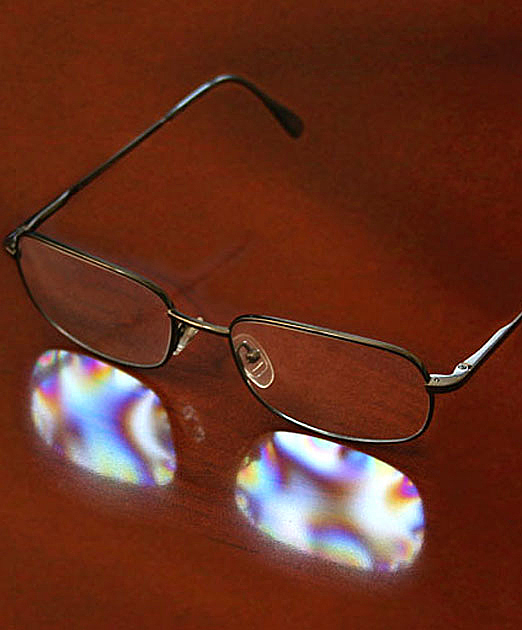
Polarized Glasses
1st Place: The polarized light from a monitor and the camera close to the Brewster's angle, makes the reflected image sensitive to phase delays in the plastic lenses, producing a nice colored pattern. Osvaldo Buccafusca, Avago Technologies, Fort Collins, Colo., U.S.A.
—
01 Jan 2008
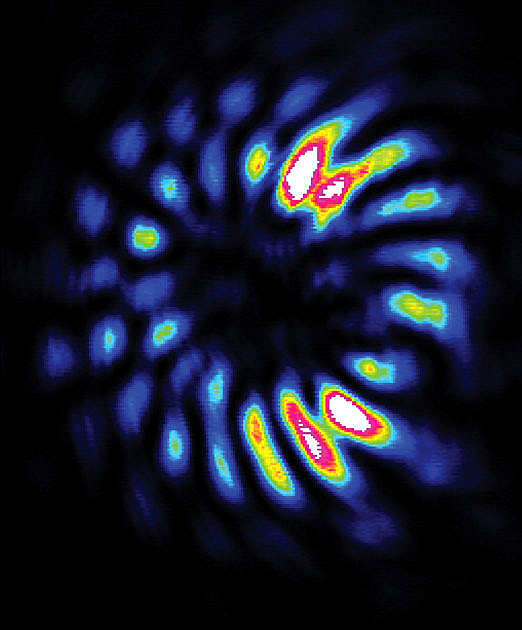
Rotating Traveling-Wave Modes
2nd Place: Near field image of rotating traveling-wave modes in a vertical cavity surface emission. Ray-Kuang Lee, National Tsing-Hua University, Hsinchu, Taiwan
—
01 Jan 2008
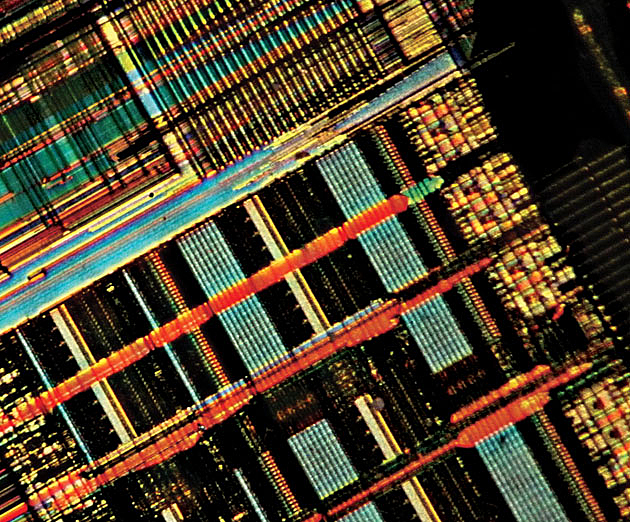
Semiconductor Chip
3rd Place: When illuminated with grazing white light, a semiconductor chip behaves as a diffraction grating. Variations in the features' size and illumination angle produce various colors along the chip. Osvaldo Buccafusca, Avago Technologies, Fort Collins, Colo., U.S.A.
—
01 Jan 2008
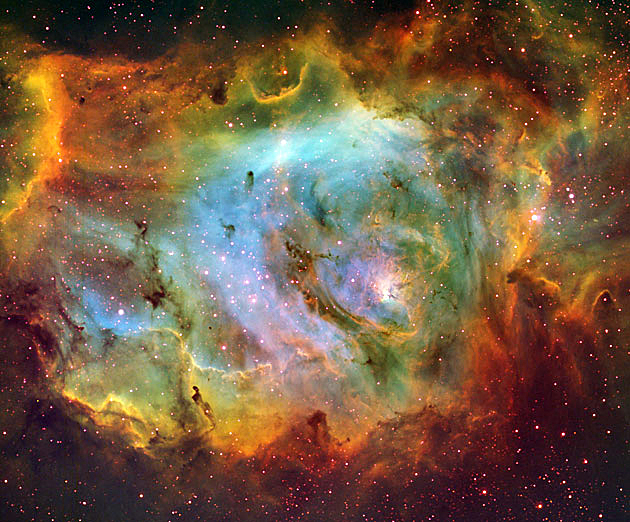
Messier 8 Emission Nebula
Honorable Mention: Messier 8 Emission Nebula taken in emssion lines of sulfur, hydrogen and oxygen through a 7.1" apochromatic refractor with a 6.1 megapixel cooled CCD camera. Richard Crisp, Tessera Technologies, San Jose, Calif., U.S.A.
—
01 Jan 2008
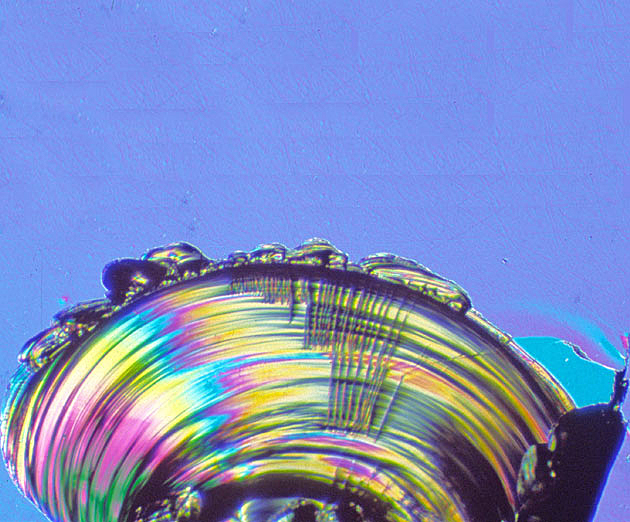
Conchoidal Fracture
Honorable Mention: Conchoidal fracture in glass by phase contrast microscopy. Samuel Pellicori, Brooks Institute, Santa Barbara, Calif., U.S.A.
—
01 Jan 2008

Single Liquid Microlens
Single liquid microlens obtained by controlling wettability of lithium niobate. Pietro Ferraro, Istituto Nazionale di Ottica Applicata (INOA), Pozzuoli (Napoli), Italy
—
01 Jan 2008
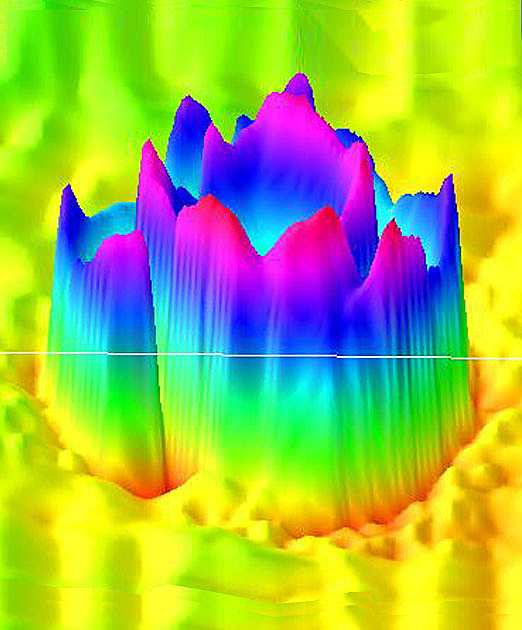
Salt Crystal
Phase image of a salt crystal using a digital holographic microscope. Anand Asundi, Nanyang Technological University, Singapore
—
01 Jan 2008

Diffraction Pattern
Diffraction pattern of a penrose type quasicrystalline lattice that exhibit the inherent 10-fold rotational symmetry. The image is presented on a molten plastic background. Amit Agrawal, University of Utah, Salt Lake City, Utah, U.S.A.
—
01 Jan 2008
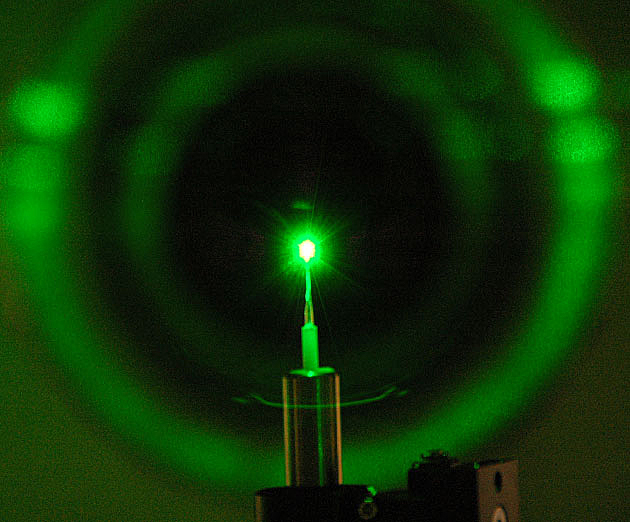
Glass Target Alignment
Glass target alignment in the Nevada Terawatt Facility. Piotr Wiewior, University of Nevada, Reno, Nevada, U.S.A.
—
01 Jan 2008
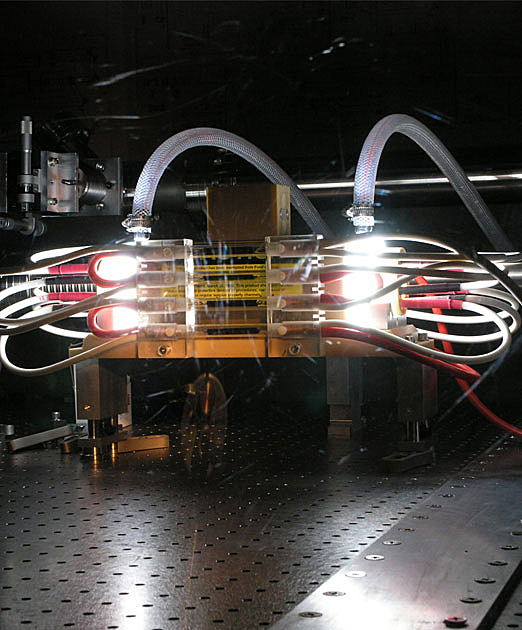
Glass Amplifier Head
Flashlamp-pumped glass amplifier head during the shot in the Nevada Terawatt Facility. Piotr Wiewior, University of Nevada, Reno, Nevada, U.S.A.
—
01 Jan 2008

